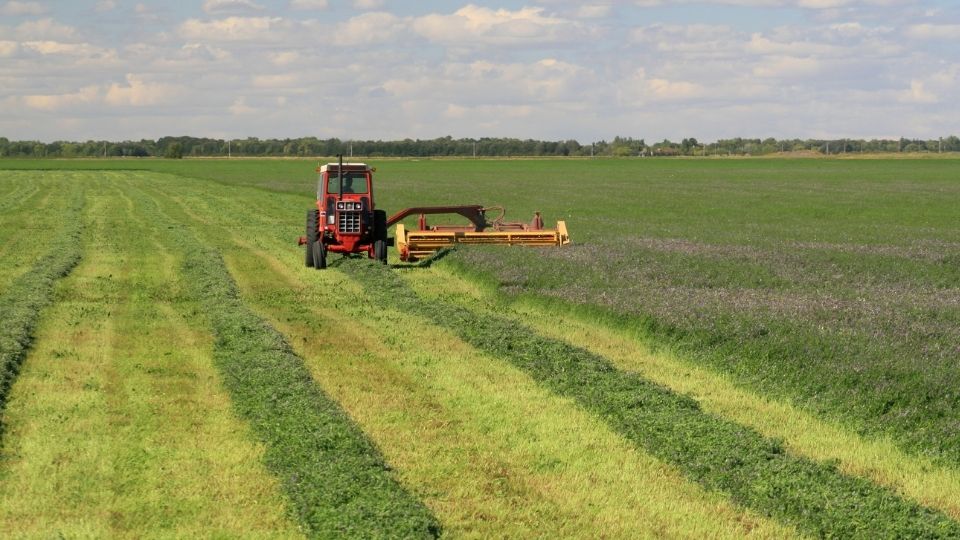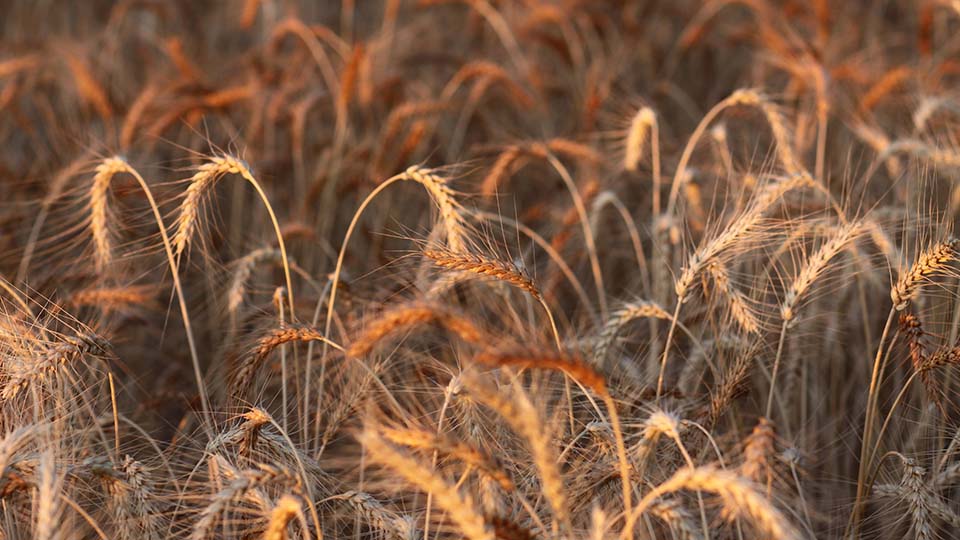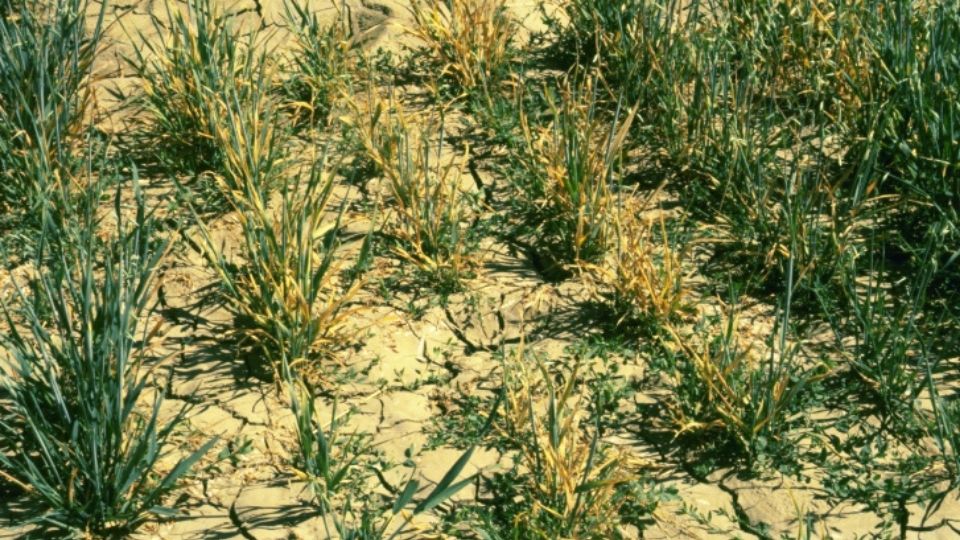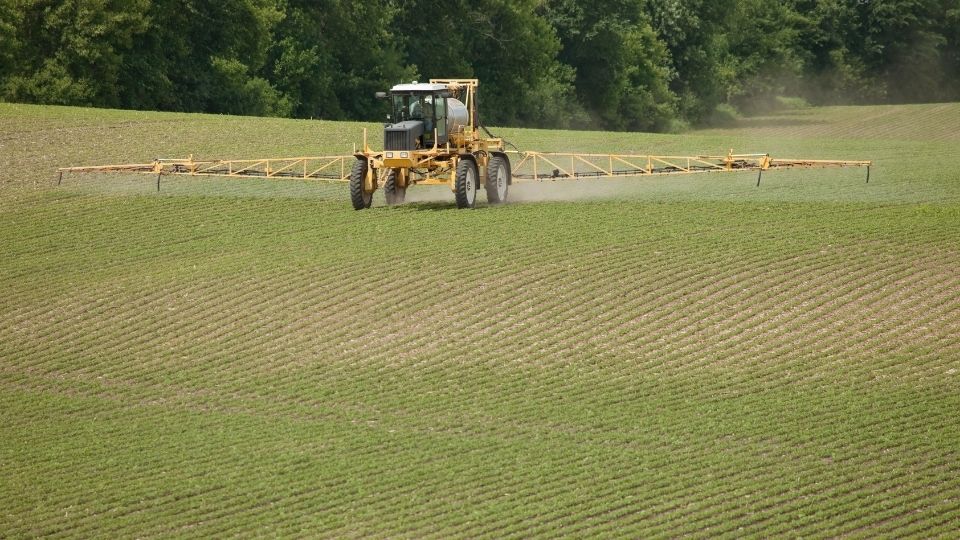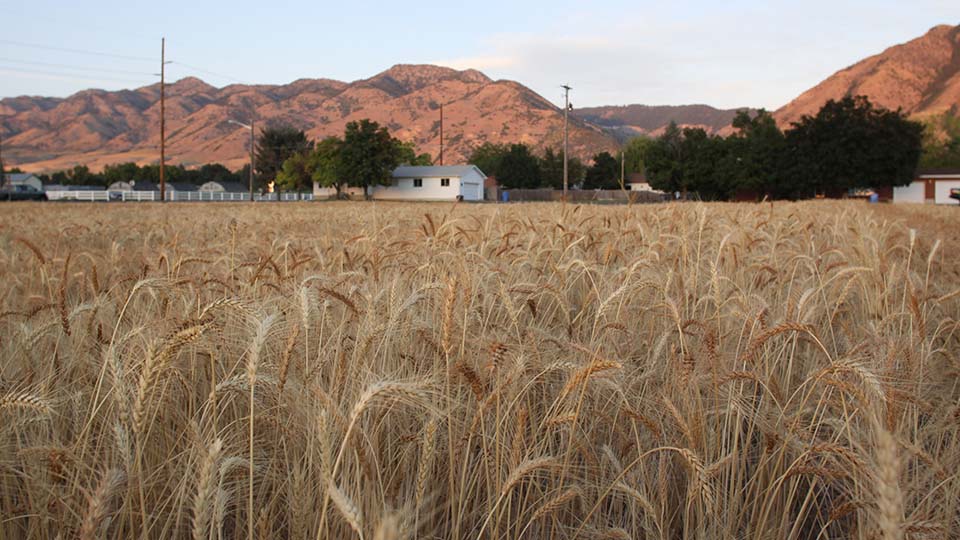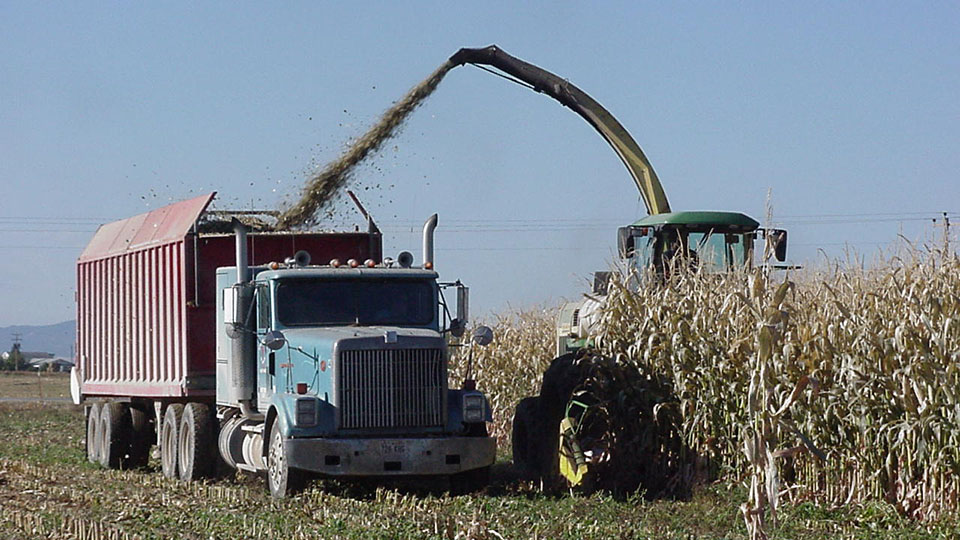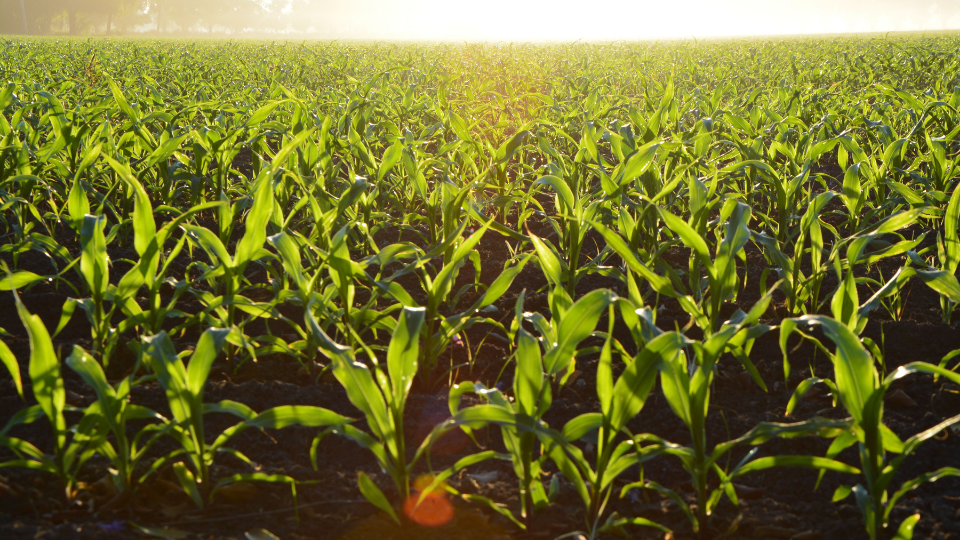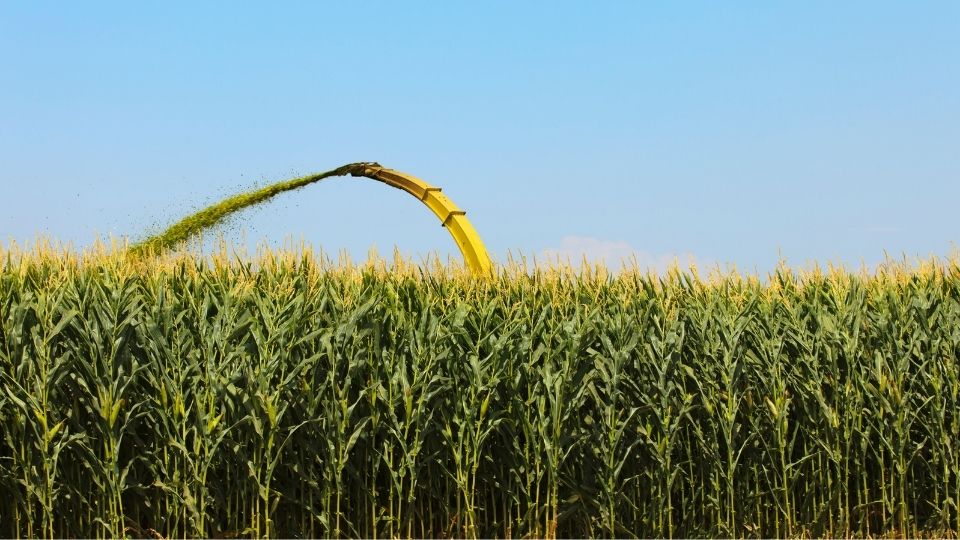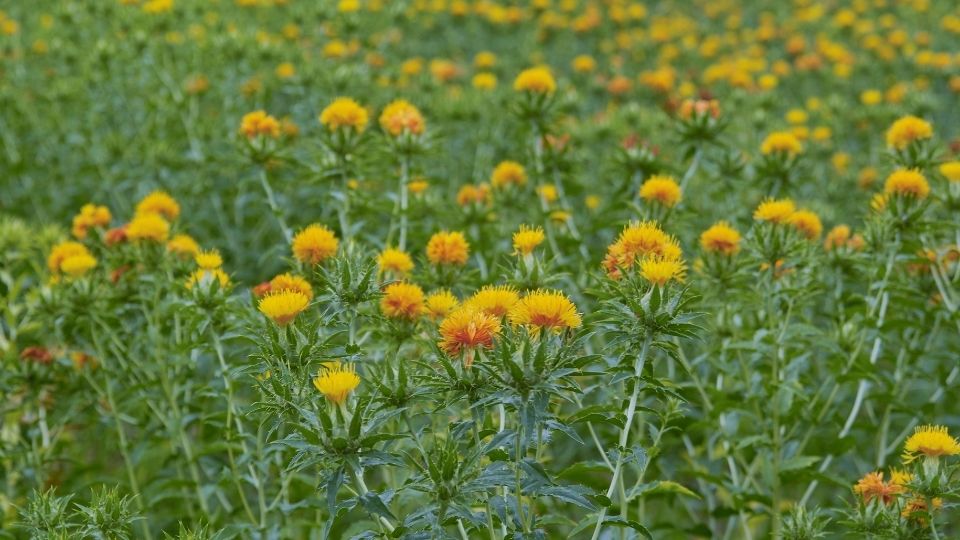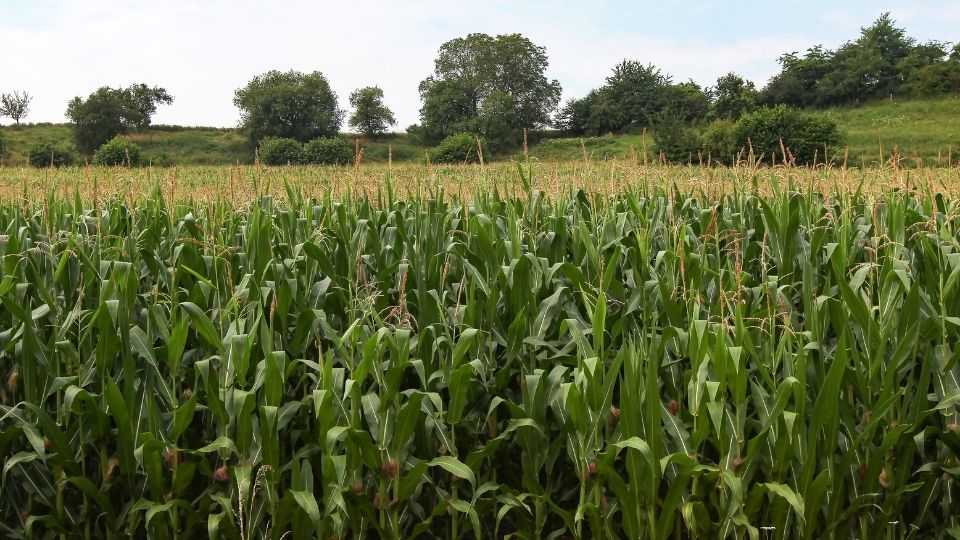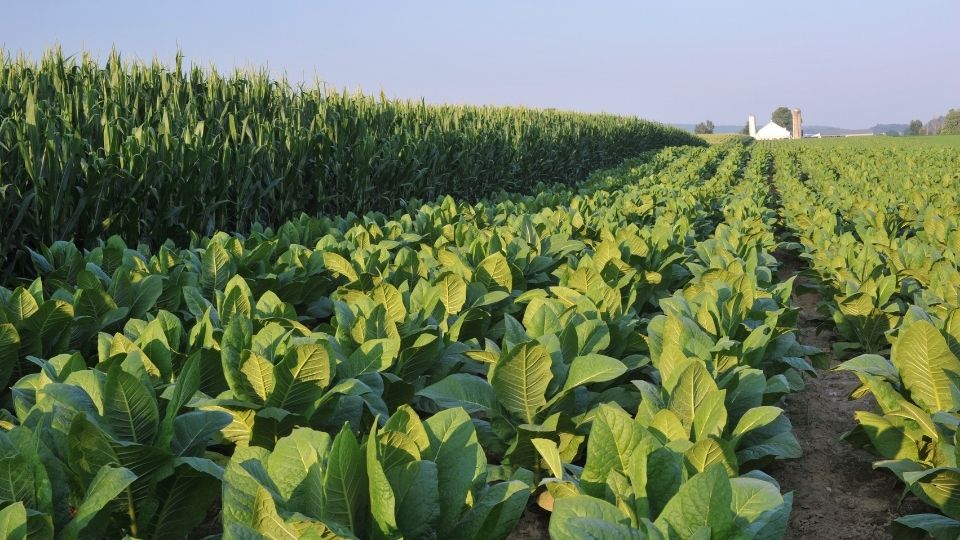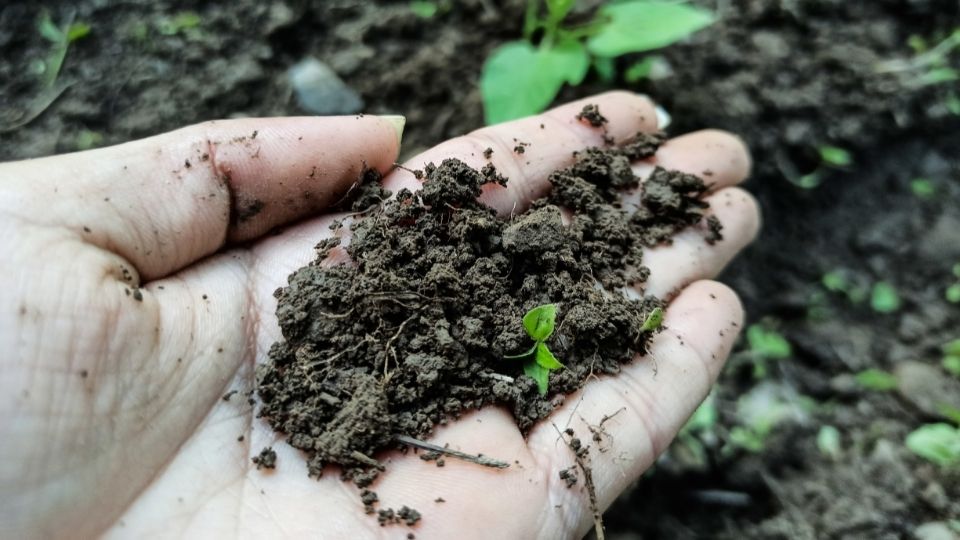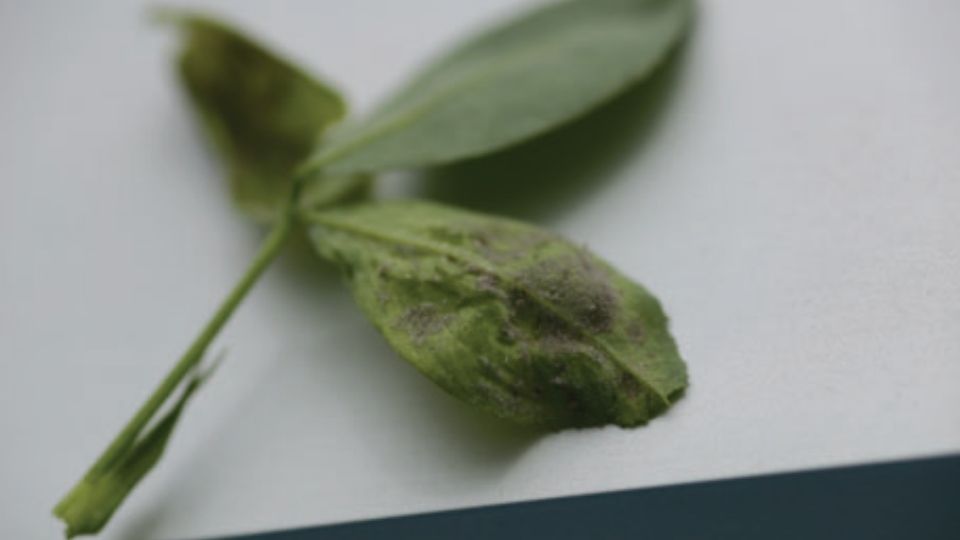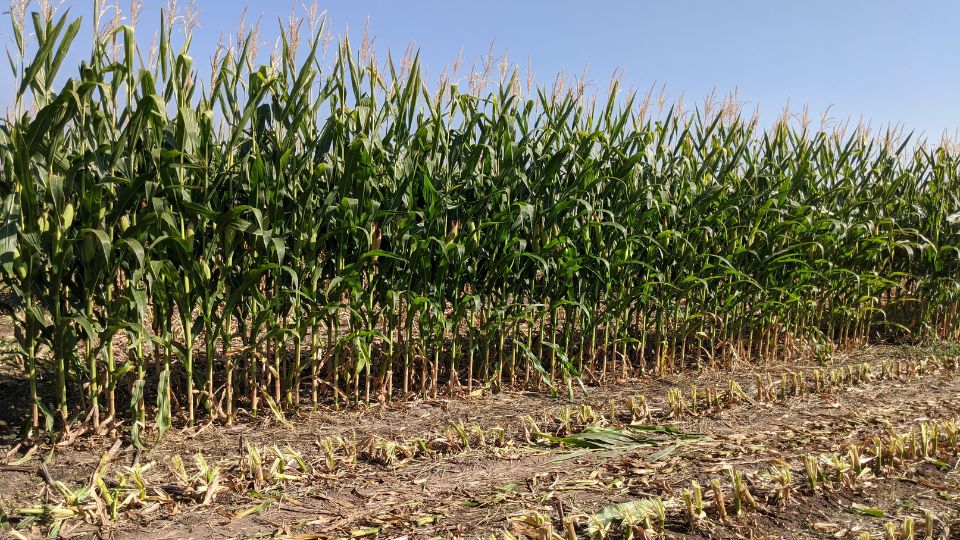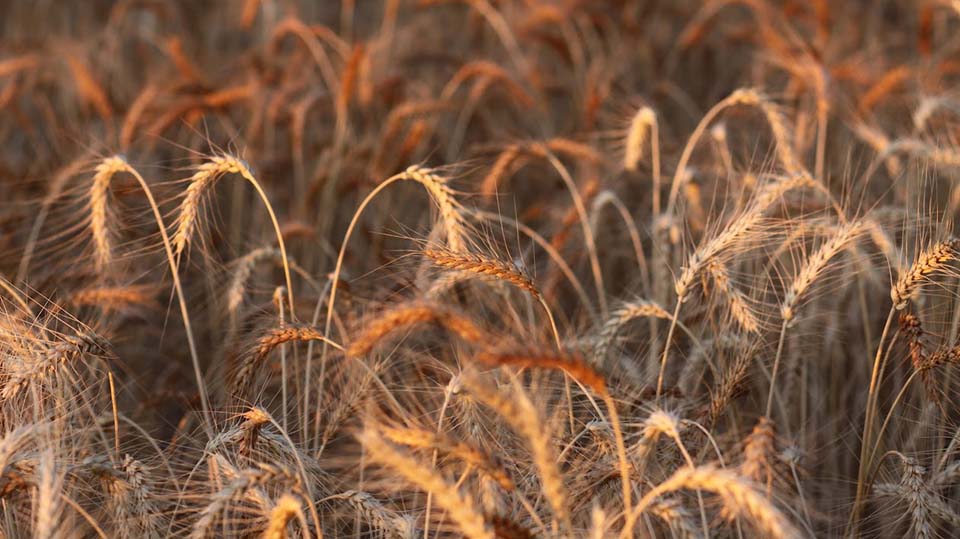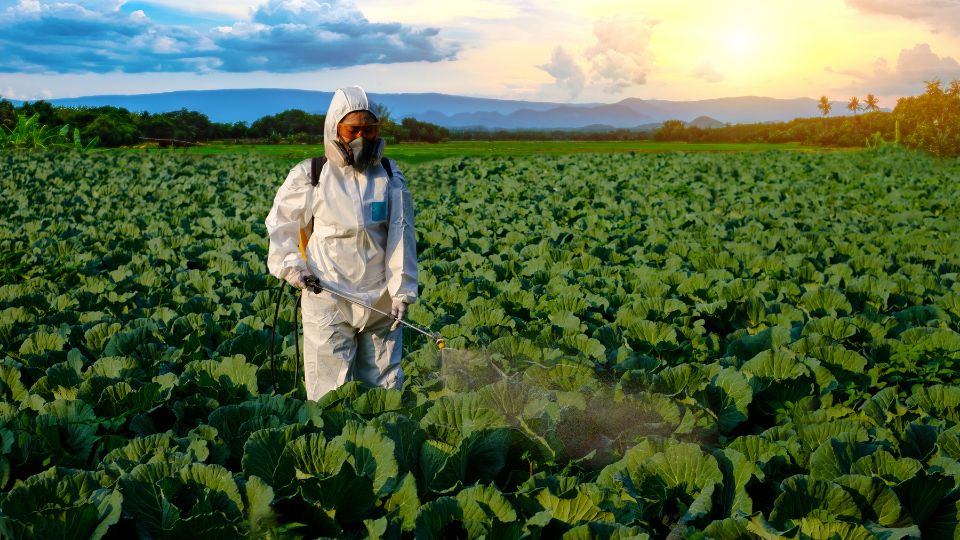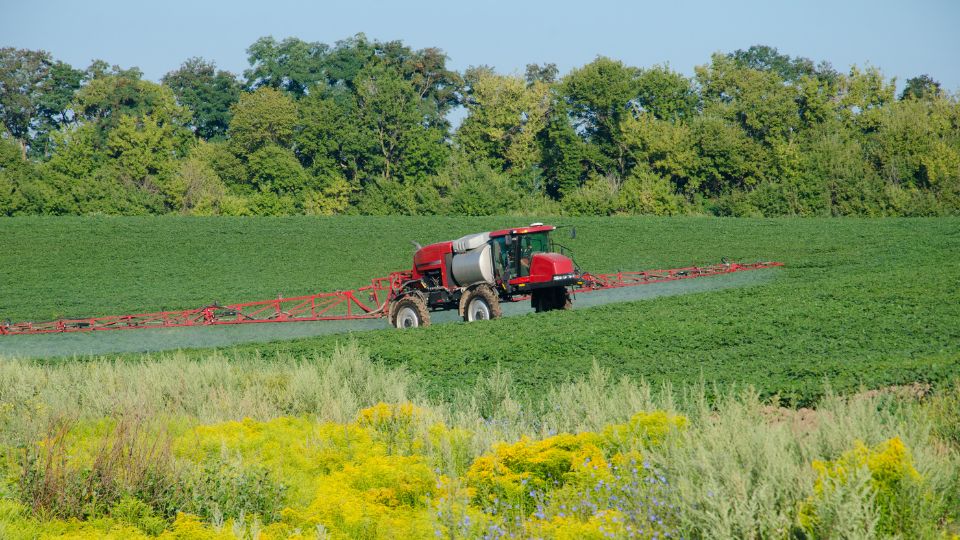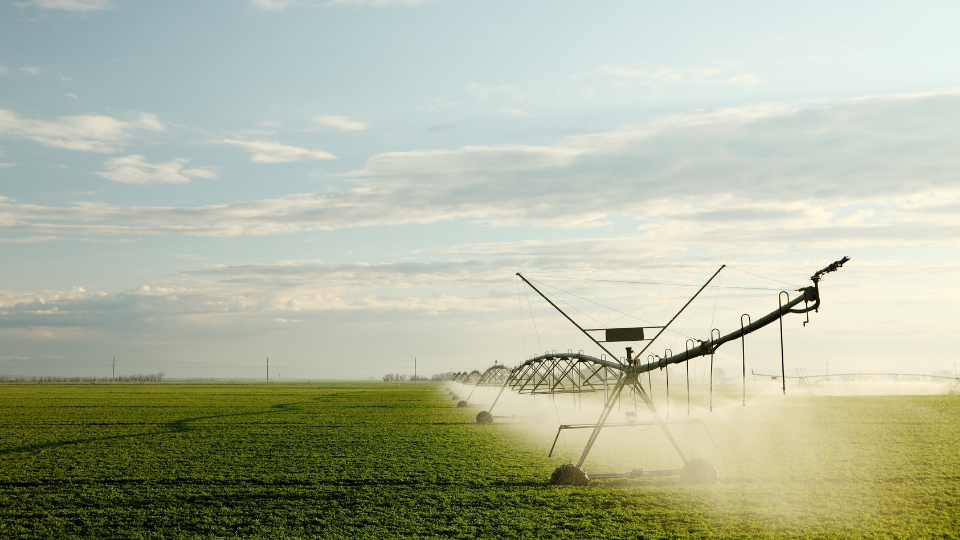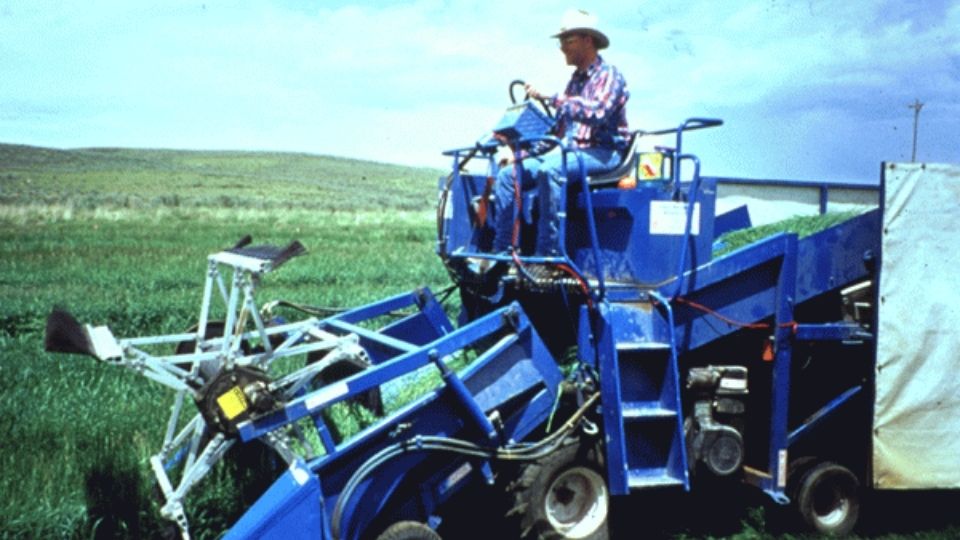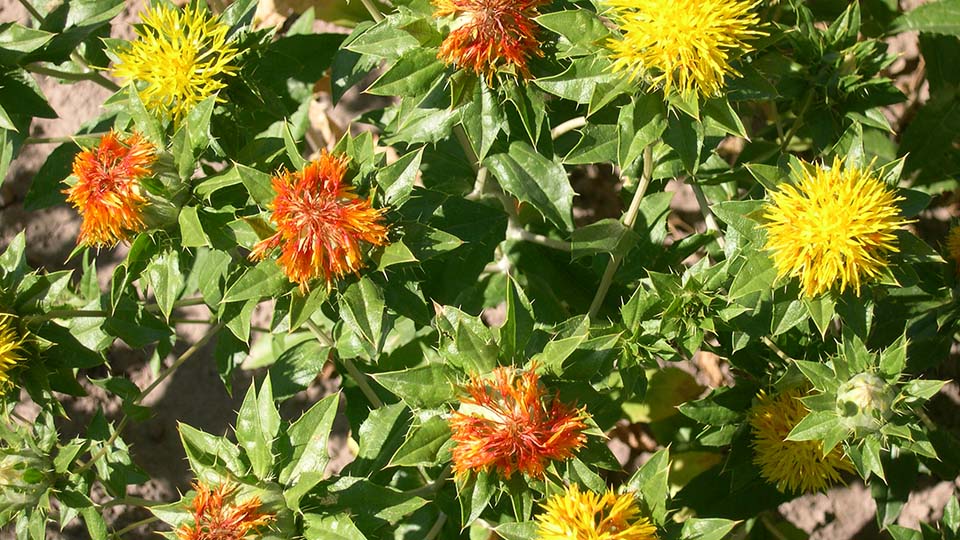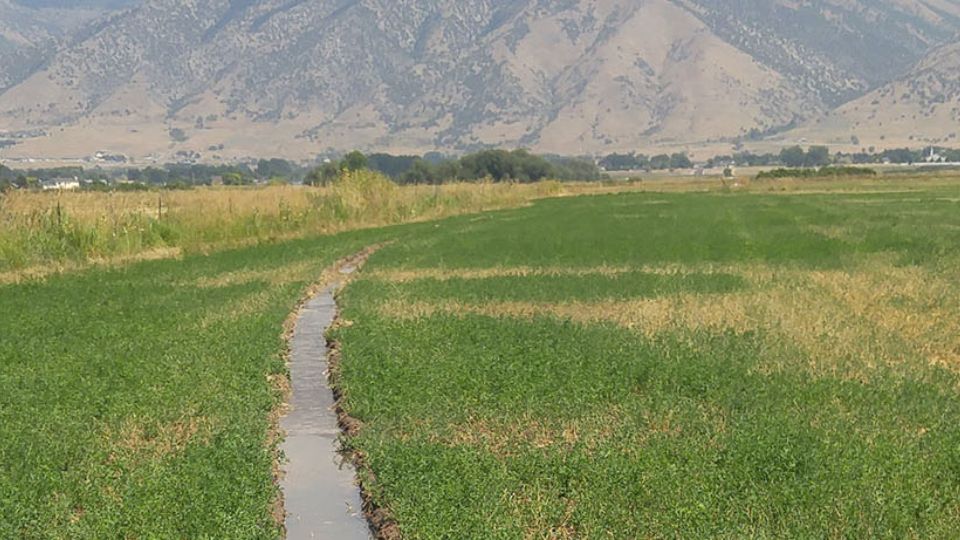The Ten Most Common Mistakes in Using No-Till
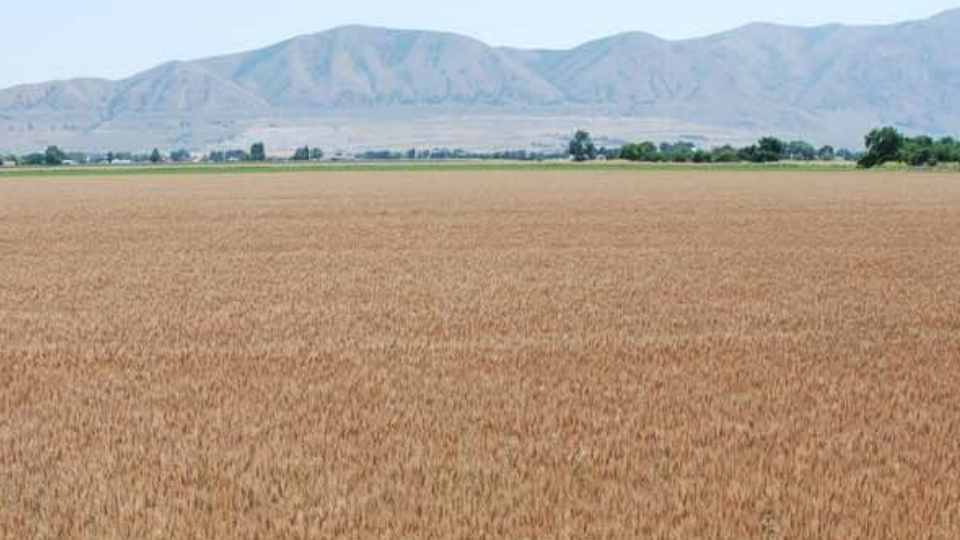
Interest in no-till (NT) crop production practices has increased greatly among Utah farmers and ranchers in recent years. The primary benefits of implementing a cropping system with little or no tillage includes improved soil quality (improved soil moisture retention, improved soil structure, greater nutrient cycling, and increased soil organic matter) and increased economic profitability (reduced labor, equipment costs, and fuel). Although new to many Utah growers, NT has been successfully utilized by producers across the U.S. for many years. Below is a list of 10 common mistakes that are often made by producers that are new to NT.
1. Failure to recognize NT as more than just a planting technique.
The act of planting seed into residue covered soil often becomes the focal point of growers new to NT. However, the elimination of tillage produces a domino effect that impacts all other aspects of the cropping system. NT requires a whole systems approach to agricultural production. This implies that many of the traditional agronomic practices and techniques used in the past may need to change or be disregarded altogether.
2. Not giving NT sufficient time to provide a ‘fair’ evaluation.
Time is needed to both learn and apply NT practices and see a marked difference at the farm level. Beneficial changes in soil (such as improved soil structure, increased Cation Exchange Capacity, quicker infiltration, increased water holding capacity, and decreased soil crusting) usually occur slowly, over the course of many years. In dryland wheat/fallow systems, soil changes can often be observed after 6 years in NT. Under irrigated conditions, changes usually begin to be measurable by year 3.
3. Transitioning the whole farm to NT at once.
Although much can be learned from the experience of others, nothing can substitute for the learning that takes place when a producer implements a new production practice on their own farm. Transitioning the whole farm overnight to a new production system like NT is not wise. Begin with a small, manageable area then slowly scale up as the concepts and practices become more comfortable and skill levels increase.
4. Failure to control weeds before planting.

One of the primary benefits of tillage is weed control. When tillage is eliminated in the NT system, weed control requires additional attention. Without tillage, weed management occurs through a combination of chemical, biological, and cultural practices. Never plant into a field with emerged weeds. Protect yields by maintaining weed free conditions for six to eight weeks after planting.
5. Not recognizing that crop cultivars often perform differently under NT.
Research has demonstrated that crop varieties and hybrids developed under conventional tillage systems usually perform differently under NT. Soils covered in crop residue are shielded from the sun and are usually cooler and wetter at planting. Some varieties are well suited to these conditions while others are not, leading to stand reductions and/or failures. Some seed companies provide recommendations for varieties and hybrids that perform well under NT. On-farm research trials and experience can also help to identify crop genetics that perform well under the production conditions at a particular farm.
6. Failure to modify irrigation practices to account for improved water capture and retention.
With more crop residue and, in time, more soil organic matter, the ability of the soil to store water will increase under NT. Capture and retention of winter moisture can also be improved through standing crop residue that prevents snow from blowing off the field and soils with better structure to speed water infiltration. Monitoring soil moisture and using irrigation scheduling techniques that reflect these changes are important in the transition to NT. Flood irrigation is particularly affected by NT as it slows the movement of water across the field and increases infiltration.
7. Not adopting modified fertilizer placement techniques in NT systems.
Most fertilizer applications under conventional systems require tillage to move surface applied materials into the plant utilization zone. Under NT, the surface broadcast application method is not an effective agronomic or economic choice. Immobile nutrients, like potassium and phosphorous, should be placed at or below the level of the seed either at or before planting. Specialized planting equipment makes it possible to place fertilizer at the proper depth with very little soil disturbance. Nitrogen is mobile but broadcast applications can either be volatized or used by microbes to breakdown crop residue. Applying nitrogen in a ‘surface band’ and/or irrigating within a day or two of application to move N into the soil can minimize losses.
8. Failure to recognize new pest management issues in NT.
A change in tillage practices can have a profound effect on the pests (weeds, insects, diseases, and vertebrates) that are present in a field and how problematic they become. Some pests will increase under NT, while others will decrease or even disappear. For example, perennial weeds (like dandelion, Canada thistle, and field bindweed) often become more common in NT, as do certain annuals (such as downy brome, jointed goatgrass, horseweed, and prickly lettuce). Regularly and thoroughly scouting fields will enable producer to identify new and emerging pest issues so proper control measures can be implemented. Weed resistance to herbicides is also more likely to occur in NT systems, due to increased reliance on herbicides for weed control.
9. Failure to adjust NT planting equipment for each field and soil type.
Soil conditions for planting fields under NT are much more variable than those under traditional management. Consequently, planter settings need to be fine-tuned for each new set of field conditions to ensure proper seed placement. Prior to planting each field, consider such variables as previous crop, amount of residue, and soil moisture. Soil structural problems like tillage pans or heavily compacted areas must be remedied prior to transitioning to NT.
10. Believing you always need new or expensive equipment for planting NT.
Advances in technology have greatly increased the ease of use and effectiveness of modern NT equipment. However, many producers have found that using existing or modified equipment can achieve the same results while maintaining more flexibility at a lower cost. Row cleaners, wavy coulters, deep placement fertilizer disks, heavier down-force springs, additional frame weight, and other alterations can adapt existing equipment for use in NT.
Published February 2014
Utah State University Extension
Peer-reviewed fact sheet
Authors
Earl Creech, Phil Rasmussen, and Robert Newhall
Related Research




